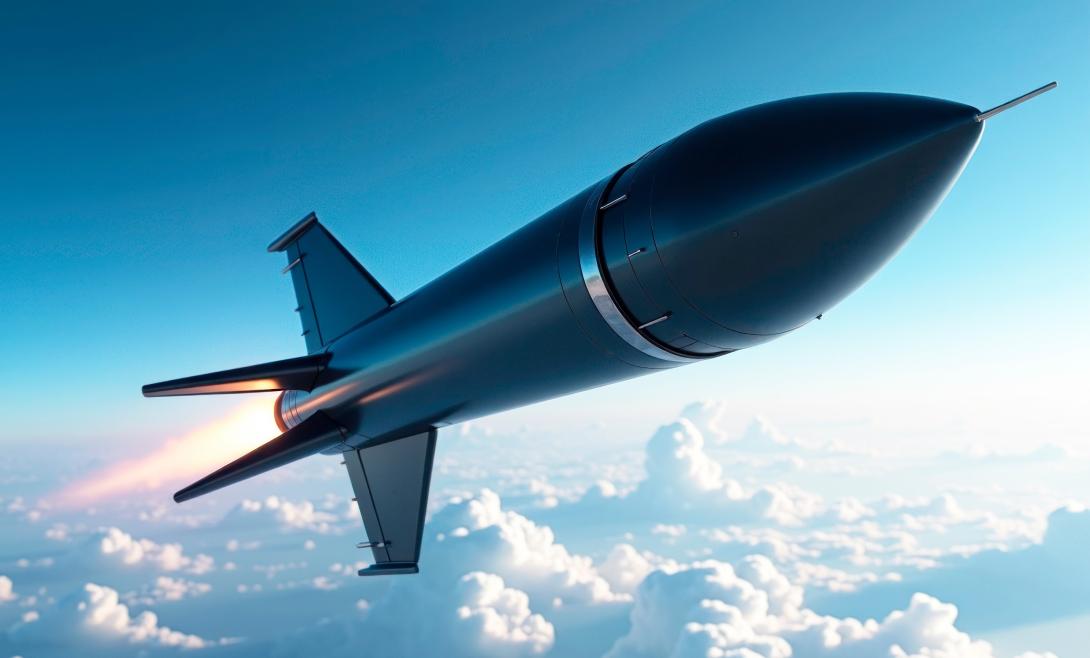The DIA Predicts Missile Threats for Next 10 Years
The Defense Intelligence Agency (DIA) released an unclassified assessment called “Golden Dome for America: Current and Future Missile Threats to the U.S. Homeland” on Tuesday to demonstrate the type of threats a sophisticated U.S. missile defense system could face.
According to the DIA’s press release, missile threats will expand in scale and sophistication in the next decade due to more advanced and nuclear-capable delivery systems. Specifically, the assessment warns that China and Russia are developing new delivery systems to target the United States’ weaknesses; North Korea has successfully tested ballistic missiles with the range to reach the United States; and Iran could use its space launch vehicles to develop a militarily viable intercontinental ballistic missile (ICBM) by 2035.
Within the Golden Dome missile threat assessment, the DIA categorizes the missile threats by ICBMs, submarine-launched ballistic missiles, two types of hypersonic weapons, land attack cruise missiles and fractional orbital bombardment systems.
The DIA’s assessment states China owns 400 ICBMs, and that number could rise to 700 by 2035. An ICBM is a ground-based missile with a range of more than 5,500 km that is usually armed with nuclear warheads, and the DIA reports that no area of the United States is out of range of the existing ICBMs. Russia is currently in possession of 350 ICBMs, North Korea has 10 or fewer and Iran doesn’t currently have any but is expected to own 60 by 2035, according to the assessment.
Submarine-launched ballistic missiles typically carry nuclear warheads, and the DIA also reports that no area of the United States is out of range of these existing adversary underwater missiles. According to the assessment, Russia’s maximum loadout number for current submarine fleets is 192, and that isn’t expected to change in the next decade, but China’s loadout is projected to increase from 72 to at least 132 by 2035.
China’s possession of boosted hypersonic weapons is currently at 600 and is projected to increase to 4,000 weapons in 2035, while Russia’s boosted hypersonic weapon count is expected to increase from 200-300 to 1,000 weapons in 10 years, the assessment says.
The two boosted hypersonic weapons outlined in the Golden Dome assessment are aeroballistic missiles, which can be launched from air, sea or ground and combine aerodynamic maneuvers with phases of ballistic loft to extend range, and hypersonic glide vehicles, which are maneuverable aerodynamic bodies that are delivered by ballistic missiles and glide at altitudes of 15-50 km for at least half of its flight to its target.
According to the DIA, Russia can currently strike parts of the United States with aeroballistic missiles and is looking to add a launch capability from submarines, and China may have deployed a conventional hypersonic glide vehicle with enough range to reach Alaska.
Land attack cruise missiles can fly through the atmosphere with reduced signatures, maneuver extensively during flight and be armed with nuclear or conventional warheads. The DIA reports that Russia can currently strike parts of the United States with cruise missiles launched from the ground, aircraft, ships and submarines, and China is working toward similar capabilities to use against the U.S. West Coast.
Currently, China has 1,000 and Russia has 300-600 land attack cruise missiles, and both countries are expected to increase their inventory to 5,000 of these missiles by 2035.
While no adversarial nations are currently in possession of a fractional orbital bombardment system, the Golden Dome assessment predicts China will have 60 and Russia will have less than 12 in the next 10 years. According to the DIA, a fractional orbital bombardment system is an ICBM that enters a low-altitude orbit before reentering to strike its target, allowing it to travel over the South Pole to avoid early warning systems and missiles defenses.




Comments